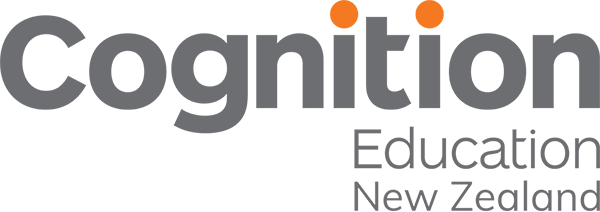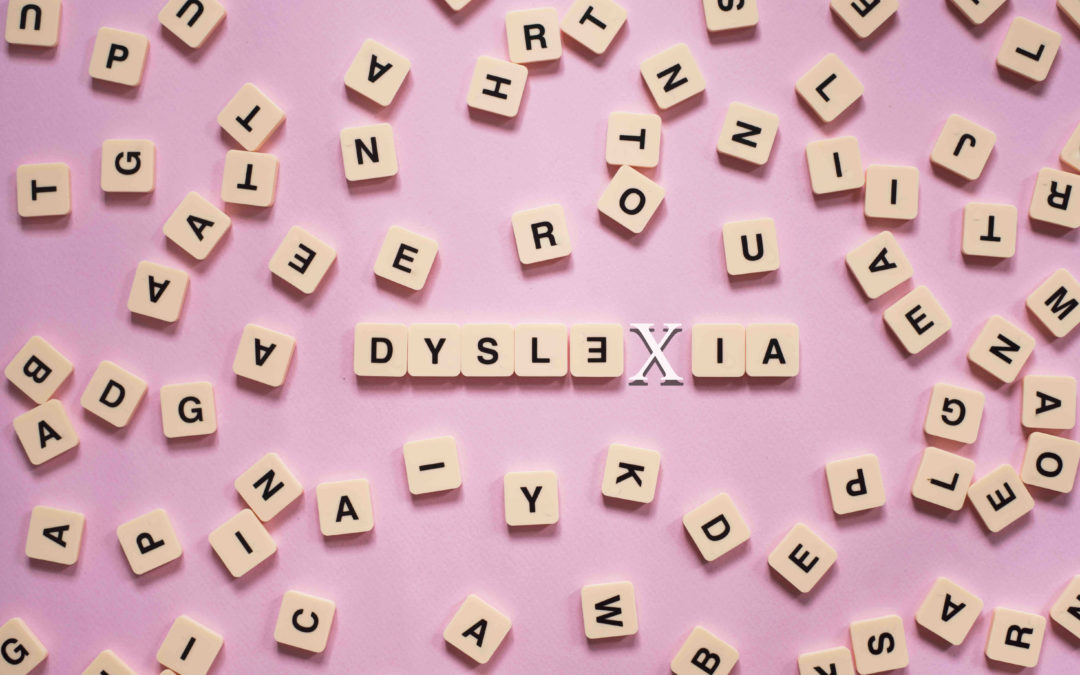Mainstream inclusion, aligned with the principles of Universal Design for Learning (UDL) is the most suitable paradigm for the educational inclusion of all learners globally. Inclusive education values the human rights of all students, is responsive to all learning needs and aims for barrier-free participation in all education settings (Booth & Ainscow, 2002). In alignment with this position, the mainstream or inclusive school is regarded as the dominant context globally for educating students with dyslexia, one of the most prominent disability groups in schools worldwide. For this cohort of learners, the inclusive education framework seeks to identify and remove the daily exposure to literacy and numeracy barriers that hinder full and equitable inclusion. When well implemented, this approach ensures that all students are catered for within the mainstream classroom.
Dyslexia is the most common of all specific learning disabilities, and is associated with specific barriers in reading, writing, spelling, and understanding. Because dyslexia is related to literacy skills, it is often first noticed by teachers in the early years of schooling. In particular, students with dyslexia have barriers in one or some of the core components of literacy skill development. These include visual recognition of letters and words along with their sounds (phonemes), spelling, fluency of reading and comprehension.
The international definition of disability involves the relationship between an impairment and environmental barriers (World Health Organization & the World Bank; 2011). This recognises the interplay between an individual’s functional limitations and barriers in the environment as jointly contributing to the impact of a disability. This position is emphasised in Article 1 of the United Nations Convention on the Rights of Persons with Disabilities (UNCRPD) (United Nations, 2006) and the World Health Organisation’s International Classification of Functioning (ICF) Disability and Health. Of particular relevance is Article 24 of the UNCRPD, acknowledging that education should be accessible, free from discrimination and delivered “on the basis of equal opportunity … within an inclusive education system at all levels” (United Nations, 2006). This international stance on disability rights and inclusive education gives rise to an environment where equitable participation is the desired outcome for all students, including those with dyslexia.
For students with dyslexia, barriers in the education context can play a central role in the experience of disability. In accordance with this view, dyslexia can be present to a greater or lesser extent, depending on the fluctuating nature of inclusion in the classroom and teacher capacity to differentiate instruction to cater for different learning needs. Barriers to participation in education for students with dyslexia include attitudinal, communication, policy, procedural and pedagogical based barriers. In response, dyslexia is regarded as a complex phenomenon that requires adaptation within the environment such as inclusive education policies, improved awareness about dyslexia, inclusive practices, skill development in academic and organisational skills; as well as access to appropriate disability services. Of significance is recognition that the presence of dyslexia will differ from student to student so it is important to refer to their formal diagnosis and consult with each individual learner about their preferred inclusion strategies and learning goals.
There is significant variation across the globe in the awareness and educational inclusion of students with dyslexia. For countries that have no explicit recognition of this disability group at legislative or policy level, or take an anti-labelling stance, there are consequently limited school-based interventions available to foster educational inclusion for the estimated 10 per cent of students with dyslexia (Firth, 2010). When unsupported, these learners are at significant risk of disengagement from education, and are overrepresented in juvenile justice, adult imprisonment, unemployment and suicide statistics (Macdonald, 2012). These negative life outcomes have been associated with limited inclusionary supports in education, resulting in school being a significant time of stress for many students with dyslexia.
The anti-labelling stance for disability, including dyslexia, is contradicted within evidence-based literature. Appreciation of a dyslexia diagnosis is relevant in both identifying and implementing relevant supports with a formal and accurate diagnosis more relevant in fostering educational inclusion over generic learning difficulty labels (Firth, 2010). This position was highlighted in an Australian evaluation of targeted teacher training of students with dyslexia, where “clarity of a definition of learning disabilities was the critical turning point for participants” leading to future changes in practice, including incorporation of inclusionary strategies in the mainstream classroom (Munyard, Sullivan, Skues & Cunningham, 2008, p. 256). International literature also suggests that acquiring a dyslexia diagnosis is useful in improving the student’s self-acceptance and advocacy for relevant support (Glazzard, 2010; Macdonald, 2010). Thus, dyslexia identification, including documentation of each individual student’s strengths and weaknesses, is thought to be paramount in the subsequent application of appropriate inclusive education strategies.
The identification and educational inclusion of students with dyslexia has progressed particularly in the US, UK, Canada and the Netherlands where there is explicit recognition of dyslexia within law and education policies and evidence-based inclusionary strategies and processes to identify and support students labelled with a dyslexia (Firth, 2010). The mainstream inclusion of students with dyslexia is most effective within learning contexts that encourage full inclusion through the removal of barriers for all students. This paradigm is complemented by student-focused pedagogy, an approach encouraged for educating students with dyslexia due to an emphasis on educator insight into the learning needs of individual students. Teaching literacy through structured synthetic phonics, explicit instruction, providing time to process each new topic and reinforcement of new learning are key strategies to foster the educational inclusion of students with dyslexia. These strategies align with the principles of UDL as they are evidence-based techniques useful for all learners, irrespective of a disability. For students with dyslexia these approaches are typically essential as they address learning barriers common within a dyslexia diagnosis, resulting in improved skill development for students with dyslexia who are otherwise at risk of failure and early withdrawal from education.
References
Booth, T. & Ainscow, M. (2002). Index for inclusion: developing learning and participation in schools. London, UK: Centre for Studies in Inclusive Education.
Firth, N. (2010). A resilient response to dyslexia/specific learning disabilities: International best practice environments and programs. Australian Journal of Dyslexia and other Learning Disabilities, 5, 3-11.
Glazzard, J. (2010). Dyslexia and self-esteem: the impact of dyslexia on pupils’ self-esteem. Support for Learning, 25(2), 63–69. doi10.1111/j.1467-9604.2010.01442.x.
Macdonald, S. J. (2010). Towards a social reality of dyslexia. British Journal of Learning Disabilities, 38(4), 271-279. Retrieved July 21, 2013, from http://onlinelibrary.wiley.com/doi/10.1111/j.1468-3156.2009.00601.x/full
Munyard, K., Sullivan, L., Skues, J., & Cunningham, E. (2008). Examining teacher responses to a professional learning program addressing learning disabilities. In D. Bottrell & G. Meagher (Eds.). Communities and Change: Selected Papers. Sydney, NSW: Sydney University Press.
United Nations. (2006) Convention on the Rights of Persons with Disabilities. http://www.un.org/disabilities/convention/conventionfull.shtml.
World Health Organization (WHO) & the World Bank. (2011). World report on disability. Malta: World Health Organisation.

Dr. Jo Mosen
Cognition Education Associate, Disability and Inclusion Expert
Dr. Jo Mosen has worked in disability-inclusive education across the Asia Pacific region for over 20 years. Her work spans disability inclusion in primary, secondary and tertiary education contexts, harnessing a strengths-based approach to build the capacity of systems, schools and teachers for the mainstream inclusion of children with disability. She is currently engaged with Cognition Education on a number of programs including work with the Solomon Islands focused on teacher professional development and inclusive curriculum design.

